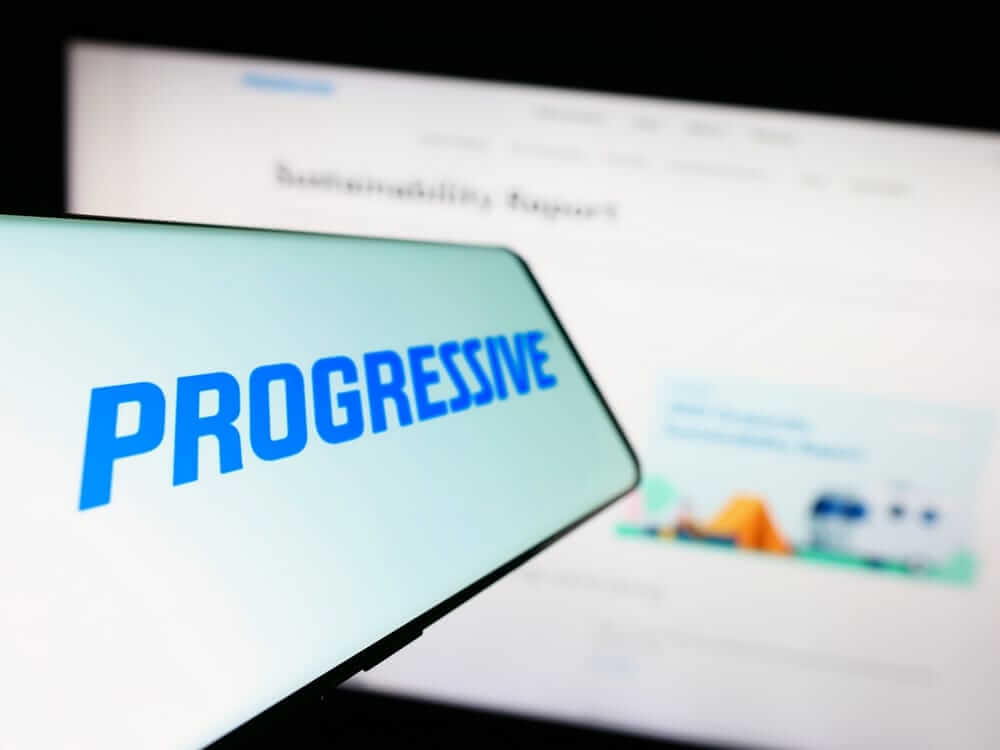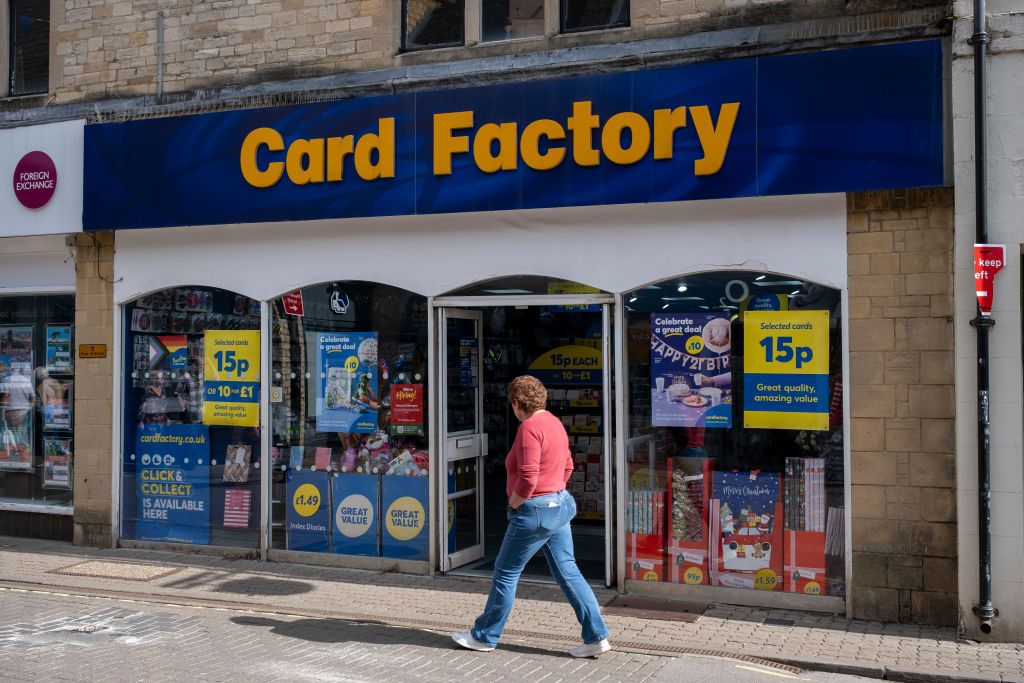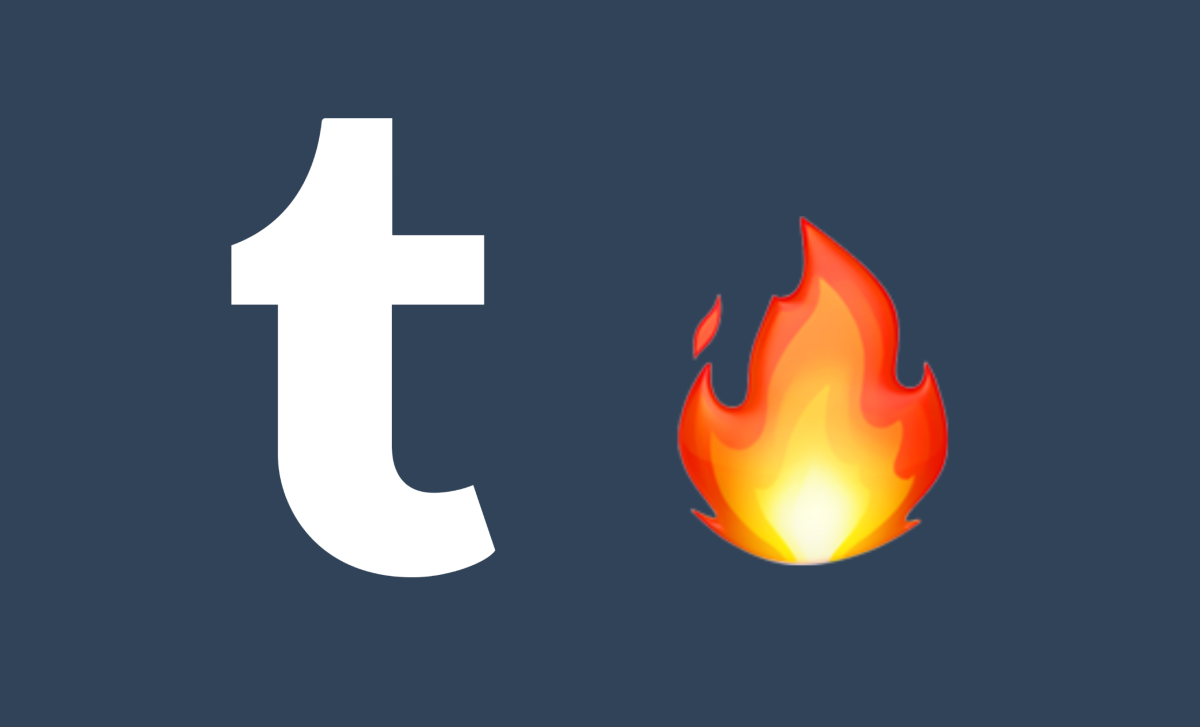Copyright Barchart

Bloomberg reports that the cyclically adjusted price-earnings multiple (CAPE) is above 40 for only the second time in the past 25 years. Unsurprisingly, only 50 NYSE stocks hit new 52-week lows compared to 110 new 52-week highs. Over on the Nasdaq, 347 hit new 52-week highs, over three times the number of new 52-week lows. I believe stocks are expensive and a correction is likely in the next 12 months. Further, the U.S. economy is not nearly as strong as the White House would like us to believe. An out-of-control stock market is not the same thing as an economy running on all cylinders. I hope we don’t learn the hard way, but we usually do. Enough of the negative vibes. The Blue Jays continue to battle in the World Series. That’s good enough for me. Looking at yesterday’s 50 new 52-week lows, I’ve found at least three stocks worth a closer look. Church & Dwight (CHD) Church & Dwight (CHD) hit its 18th new 52-week low yesterday. Its stock is down over 16% over the past 12 months. The maker of household, personal care, and specialty products is best known for its Arm & Hammer baking soda and related products, such as kitty litter and toothpaste. Other brands include Oxi Clean, Trojan, Orange Glo, L’il Critters, Gravol, and Waterpik. I’ve followed CHD for years. At one point, its stock had produced over 10 consecutive years of annual gains. Since Oct. 1, 2005, its shares have appreciated by 862%. Add in dividends over this period, and you’re over 1,000%. Of course, it’s down 16% in 2025 for a reason. The most obvious is that organic sales growth has come to a screeching halt. In Q2 2025, they grew by a measly 0.1%, with a 1.4% decline in U.S. organic sales, which accounted for 77% of overall sales. Secondly, its margins have fallen in recent quarters. In Q2 2025, its gross margin was 43.0%, 410 basis points lower than a year ago, while its operating margin was 17.5%, 480 points lower. Lastly, it expects net sales in 2025 to increase by just 1% at the midpoint of its guidance, with adjusted earnings per share to increase by the same amount. So, why buy if pain remains in clear view? While it's not trading anywhere near a 25-year low enterprise value-to-revenue multiple -- that was in December 2000 at 1.04x, according to S&P Global Market Intelligence -- its 4.21x multiple is the lowest since 2018. The company reports Q3 2025 results on Friday before the market opens. Take the weekend to digest any bad news from the third quarter. Lindsay Corp. (LNN) Lindsay Corp. (LNN) hit its 7th new 52-week low yesterday. Its stock is down over 7% over the past 12 months, with a 22% decline in the past month alone. Lindsay is a global manufacturer of irrigation and infrastructure equipment. It is best known for its center-pivot and lateral-move agricultural irrigation systems. Its infrastructure business makes stuff like the Road Zipper System, a movable barrier that helps traffic administrators improve traffic flow. The irrigation segment accounted for 84% of its $153.6 million in Q4 2025 revenue, while infrastructure chipped in the remaining 16%. Lindsay reported its fourth-quarter results last Thursday. The Omaha-based company missed on both the top and bottom lines. In terms of revenue, it delivered $153.9 million, 0.9% less than a year ago, and $3.35 million shy of Wall Street’s estimate. On the bottom line, it earned $0.99 a share, 15% lower than a year ago, and 5 cents below the consensus estimate. Its share price has lost ground in all four trading days since reporting earnings. LNN stock trades within a few dollars of its 5-year low of $106.46 set in October 2023. The report wasn’t terrible. Lindsay had record net earnings of $74.1 million in 2025, with double-digit sales growth for both operating segments. At the same time, it generated $1.22 in free cash flow from every dollar of earnings. The free cash flow of $90.4 million in 2025 is 8.5% of Lindsay’s enterprise value of $1.07 billion. I consider anything above 8.0% to be in value territory. Progressive Corp. (PGR) Progressive Corp. (PGR) hit its 11th new 52-week low yesterday. Its stock is down 13% over the past 12 months and 29% from its March 17, 20-year high of $292.99. Progressive is one of my favorite insurance companies, in part, because it’s got an excellent CEO in Patricia Griffith, who has been in the top role at the Cleveland-based property and casualty insurer since July 1, 2016. In August 2023, I recommended Progressive stock to Barchart readers. “From where I sit, Griffith is one of the best CEOs in the S&P 500. Since taking the helm on July 1, 2016, Progressive’s stock is up 327%, almost three-fold higher than the index,” I wrote on Aug. 16, 2023. “I don’t doubt that the company will continue to deliver profitable growth for shareholders under Griffith's leadership.” Over the past 26 months, Progressive’s shares have gained 63%, about 800 basis points higher than the S&P 500. And that’s despite the 29% correction since March. Barron’s contributor Andrew Bary wrote an Oct. 24 article about Progressive, suggesting it was time to buy one of America’s great companies. I couldn’t agree more. As Bary wrote, investors are concerned about the slowing growth in the sale of automobile insurance policies from 20% earlier in 2025 to 15% in Q3 2025. Combine this slower growth with higher costs and lower profit margins, and earnings should get squeezed in 2026. Today, you can buy Progressive stock at 13 times its 2026 earnings per share of $16.55, the lowest multiple since 2020. By doing so, it gives you ownership in one of the best companies in the U.S., insurance or otherwise. With many stocks historically expensive right now, Progressive seems like a no-brainer.



